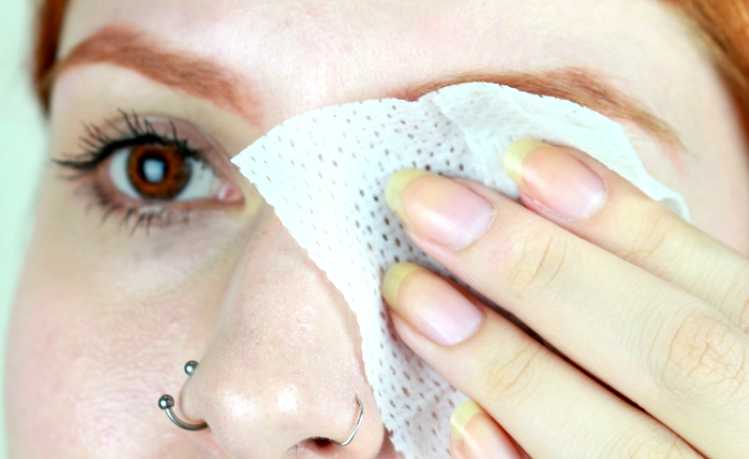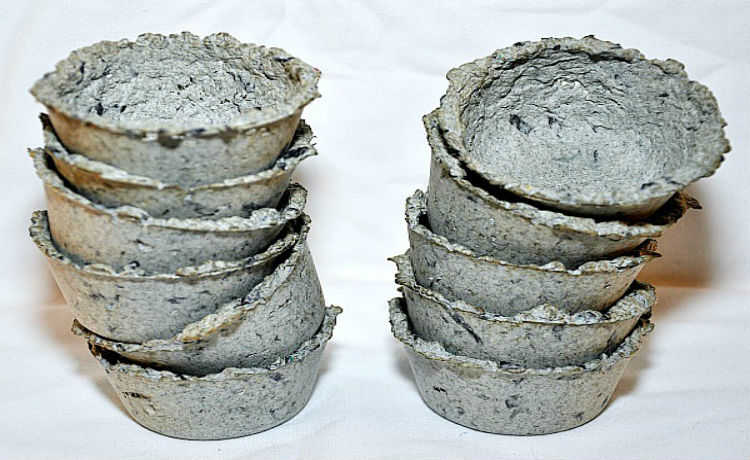What is uric acid?
Uric acid can trigger the formation of small sodium urate crystals, which deposit in various places in the body.

Nik Shuliahin image on Unsplash
Uric acid is among the substances naturally produced by the body. It arises as a result of the breakdown of purine molecules - a protein contained in many foods - by the action of an enzyme called xanthine oxidase. Once used, the purines are degraded and transformed into uric acid. Some of it remains in the blood and the rest is eliminated by the kidneys.
Uric acid can trigger the formation of small crystals of sodium urate, which are deposited in various places in the body, mainly in the joints, but also in the kidneys, under the skin or elsewhere in the body. In addition to causing kidney stones and acute arthritis (gout), studies carried out at the Instituto do Coração of São Paulo show that uric acid can cause cardiovascular diseases such as atherosclerosis.
uric acid symptoms
Deposition of sodium urate crystals in joints usually causes painful flare-ups of secondary acute arthritis, especially in the lower limbs (knees, ankles, heels, toes), but it can involve any joint. In the kidneys, uric acid is responsible for the formation of kidney stones and acute or chronic kidney failure.
Recommendations
- Drink plenty of water to help your body eliminate uric acid;
- Prefer non-processed foods;
- Adopt a healthy diet, rich in fruits, vegetables, milk and dairy products;
- Avoid drinking alcoholic beverages, especially beer that is high in purine;
- Don't self-medicate. Consult a doctor or doctor to guide the treatment and ask the nutritionist for help in choosing a diet that helps control the uric acid level and maintain weight at adequate levels.
Inflammation caused by uric acid is not dependent on high levels of the substance or mechanical injury.
A study carried out by scientists at the Center for Research in Redox Processes in Biomedicine (Redoxoma) showed that even in plasma concentrations (in the liquid part of the blood) considered normal, uric acid can initiate a harmful reaction to tissues. They studied the chemical mechanism of how uric acid is transformed in the body and how it reacts with other proteins. The result of the work, which identified the main targets of uric acid reaction, was published in an article in The Journal of Biological Chemistry.
It is known that the accumulation of uric acid in the bloodstream forms a kind of crystal that damages the joints, resulting in deep tissue inflammation. The Redoxoma researchers were able to prove that the process of crystal formation does not necessarily have to occur for there to be a negative effect on the blood vessel.
The damage caused by uric acid is silent because, even if it is not causing gout, it can be metabolized by enzymes, the hemeperoxidases, producing highly reactive intermediates. These intermediates are the uric acid free radical and urate hydroperoxide. Urate hydroperoxide is a key compound for vascular inflammation.
The Redoxoma researchers were able to demonstrate that this compound reacts quickly and preferentially with the peroxiredoxin proteins, which are abundant proteins in blood cells. To identify which proteins are more likely to react with urate hydroperoxide, the group observed and calculated the time for the reaction to occur between urate hydroperoxide and these proteins.
Oxidation of peroxiredoxins by urate hydroperoxide can affect cell function. The reaction between peroxiredoxins and urate hydroperoxide can change the expression pattern of other proteins and make the cell more able to release pro-inflammatory mediators, feeding a vicious cycle of inflammatory response.
The research has the perspective of assisting in the diagnosis of vascular lesions and even seeking therapeutic targets for use in the prevention of cardiovascular diseases.
The paradoxical effect of uric acid
Uric acid is a product of the degradation of nucleic acids (DNA and RNA). During its evolution, the human being stopped expressing the enzyme that degrades uric acid and started to accumulate it in the blood. This evolutionary characteristic has always been considered an advantage, as uric acid has antioxidant properties, that is, it is capable of donating electrons, fighting free radicals and other oxidizing substances.
On the other hand, by donating only one electron from its valence shell, a reaction that occurs with hemeperoxidases, uric acid itself becomes a free radical. The combination of this free radical with the superoxide then forms urate hydroperoxide. Both uric acid free radical and urate hydroperoxide are, paradoxically to uric acid, two potent oxidants.
The article Urate hydroperoxide oxidizes human peroxiredoxin 1 and peroxiredoxin 2 (doi: 10.1074/jbc.M116.767657), by Larissa AC Carvalho, Daniela R. Truzzi, Thamiris S. Fallani, Simone V. Alves, Jose Carlos Toledo Junior, Ohara Augusto, Luis ES Netto and Flavia C. Meotti, may be read on here.










